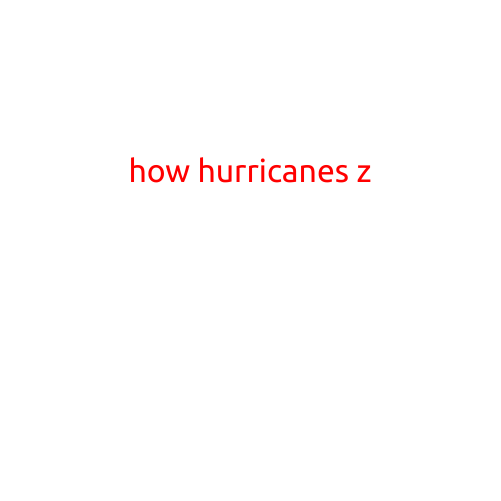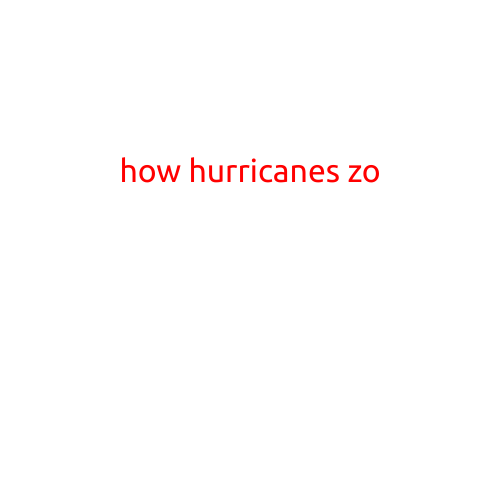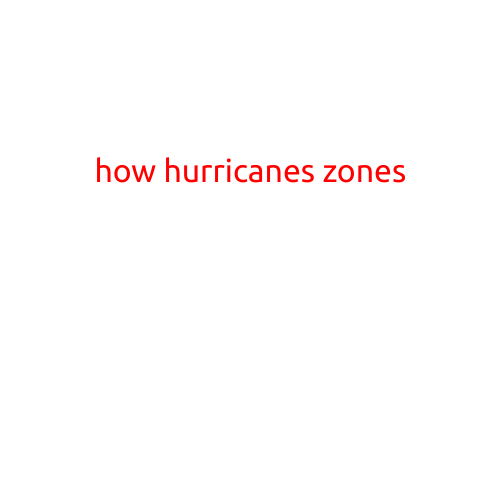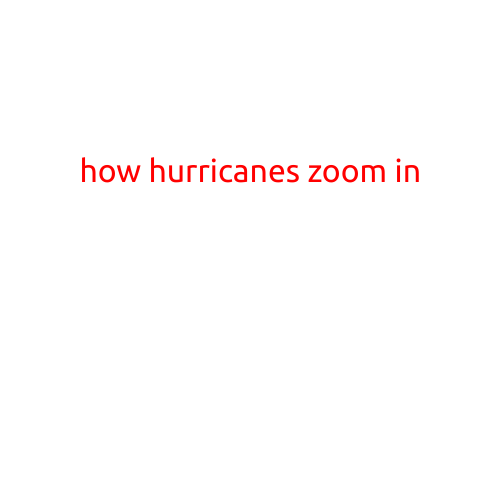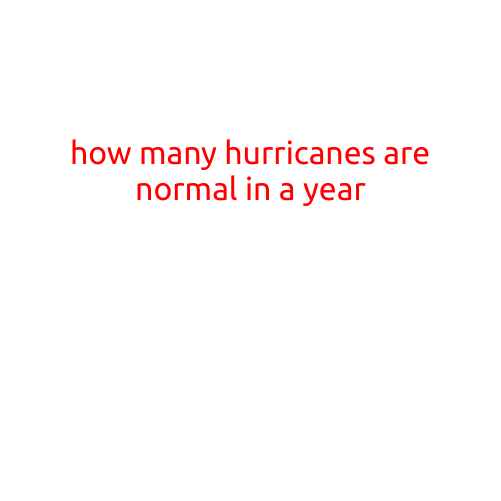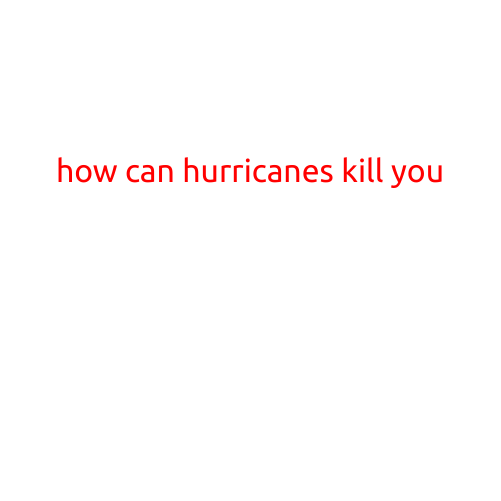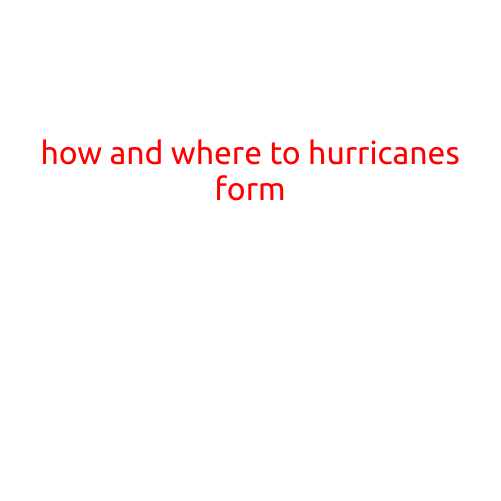
How and Where Hurricanes Form
Hurricanes are intense tropical cyclones that can bring catastrophic winds, flooding, and storm surges to coastal communities around the world. Understanding how and where hurricanes form is crucial for those living in hurricane-prone areas to prepare and stay safe during these powerful storms.
What are Hurricanes?
Hurricanes are rotating storm systems that form over warm ocean waters in the tropics. They are fueled by the heat and moisture from these oceans, which energy the storms and allow them to grow and intensify. Hurricanes are also known as tropical cyclones or typhoons, depending on the region they affect.
How Hurricanes Form
The formation of a hurricane is a complex process that involves several factors. Here are the steps:
- Warm Ocean Waters: Hurricanes need warm ocean waters (at least 26.5°C or 80°F) to a depth of about 50 meters (164 feet) to form and maintain their strength. These waters heat the air above them, causing it to rise and create an area of low pressure.
- Moisture: High levels of atmospheric moisture are necessary for hurricane formation. Moist air rises from the ocean, creating convection currents that drive the storm’s circulation.
- Low Pressure: The area of low pressure created by the warm ocean waters and moisture leads to the formation of a tropical disturbance, which is a cluster of thunderstorms and clouds.
- Rotation: As the tropical disturbance moves over the warm ocean waters, it begins to rotate due to the Coriolis effect, a phenomenon caused by the Earth’s rotation. The rotation is strengthened by the wind shear, which is the change in wind direction and speed with height.
- Eye of the Storm: As the storm continues to intensify, an eye begins to form at the center of the hurricane. The eye is a calm, cloud-free area of low pressure, surrounded by a ring of towering thunderstorms.
Where Hurricanes Form
Hurricanes can form in various parts of the world, including:
- Atlantic Ocean: The Atlantic hurricane season, which runs from June 1 to November 30, is characterized by hurricanes that form off the coast of Africa and move westward across the Atlantic Ocean, potentially affecting the Caribbean, Central America, and the eastern United States.
- Eastern Pacific Ocean: The Eastern Pacific hurricane season, which runs from May 15 to November 30, is marked by hurricanes that form off the coast of Mexico and move northwestward, potentially affecting the western United States, Mexico, and Central America.
- North Indian Ocean: The North Indian Ocean cyclone season, which runs from April to December, is characterized by cyclones that form in the Bay of Bengal and the Arabian Sea, potentially affecting countries such as India, Bangladesh, and Sri Lanka.
- South Pacific Ocean: The South Pacific hurricane season, which runs from November 1 to April 30, is marked by hurricanes that form in the Pacific Ocean, potentially affecting countries such as Australia, New Zealand, and the Pacific Islands.
- Southwestern Pacific Ocean: The Southwestern Pacific hurricane season, which runs from October 1 to April 30, is characterized by hurricanes that form in the Pacific Ocean, potentially affecting countries such as Japan, the Philippines, and Australia.
Conclusion
Hurricanes are powerful and destructive storms that can have devastating impacts on coastal communities. Understanding how and where hurricanes form is crucial for those living in hurricane-prone areas to prepare and stay safe during these storms. By knowing the factors that contribute to hurricane formation and the regions where they occur, you can better protect yourself and your loved ones from these powerful storms.
